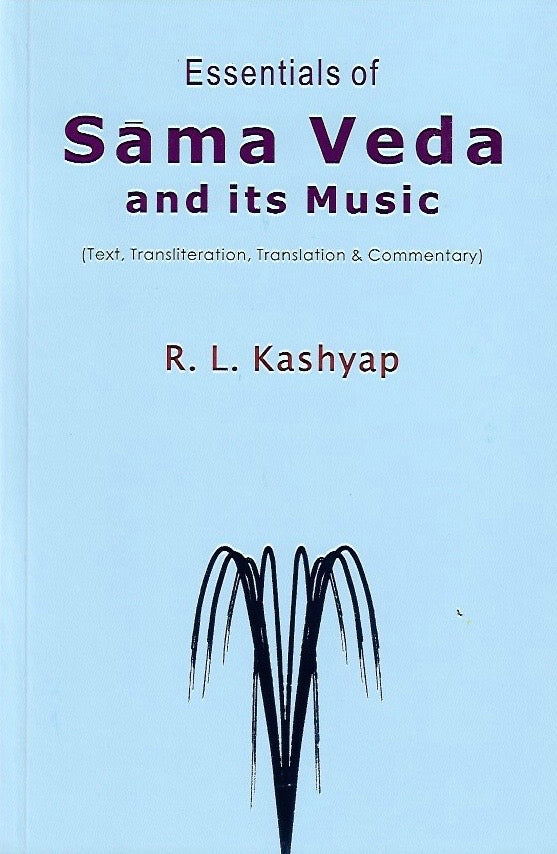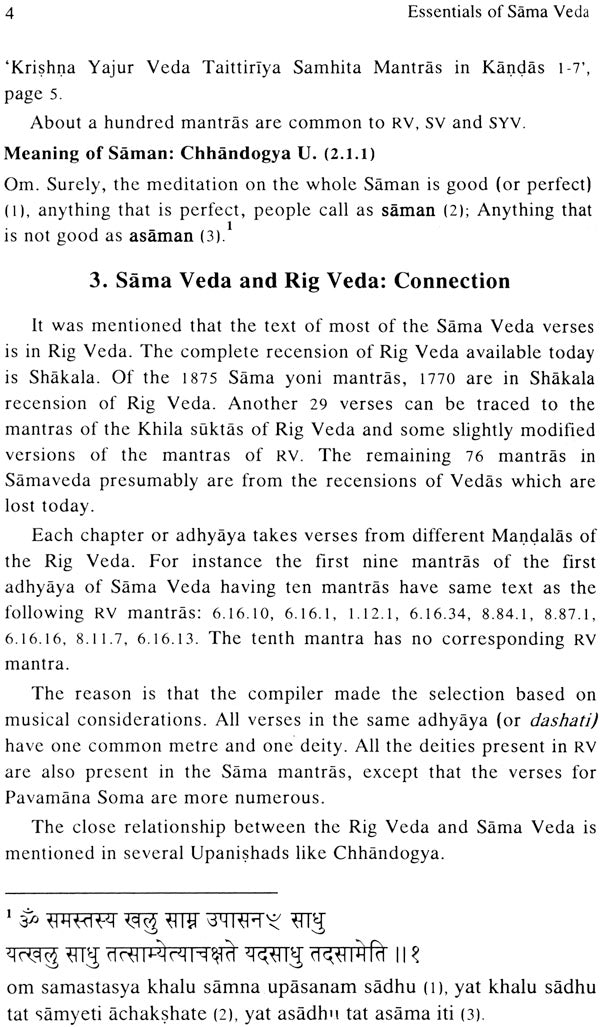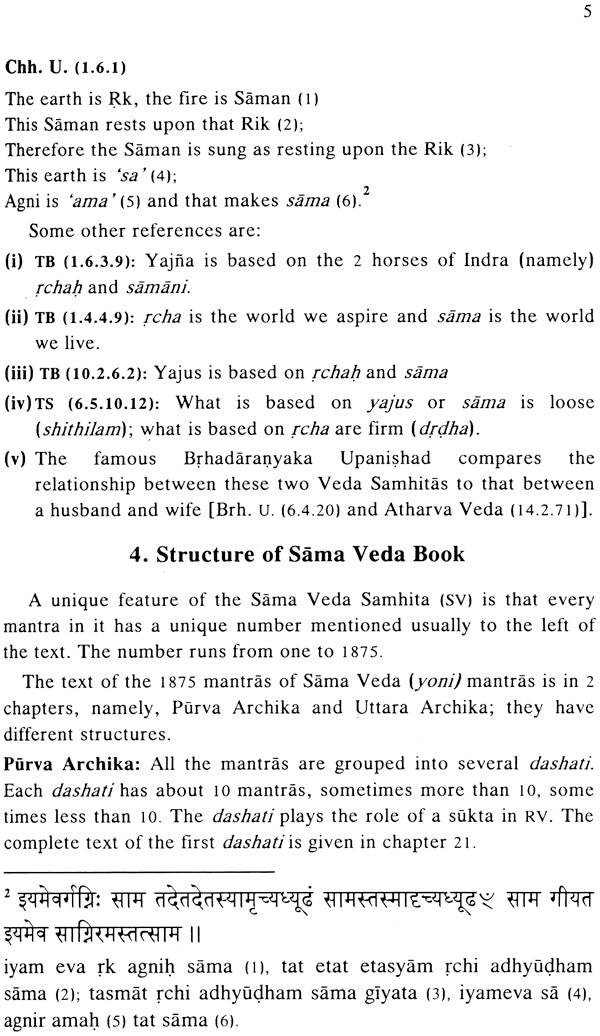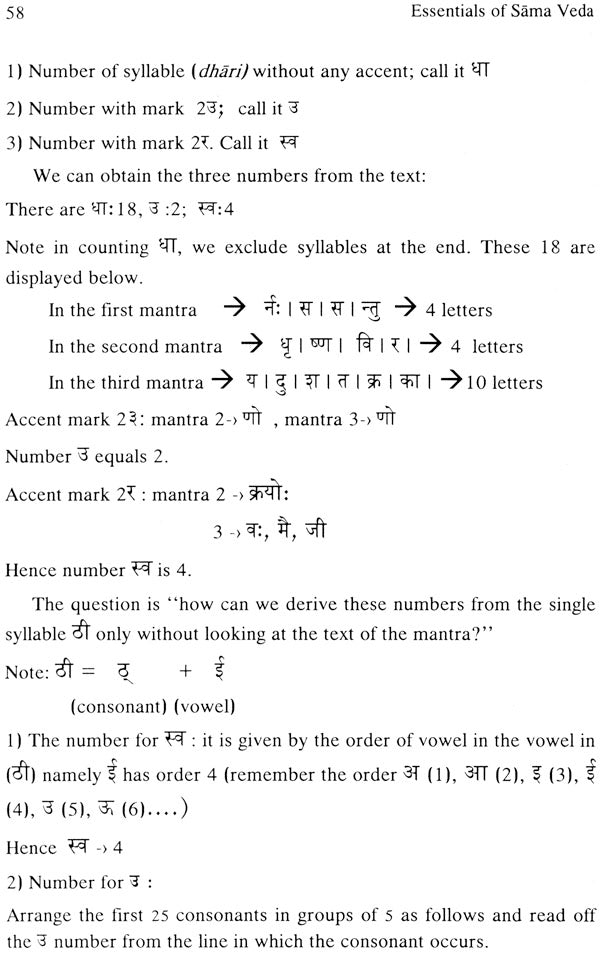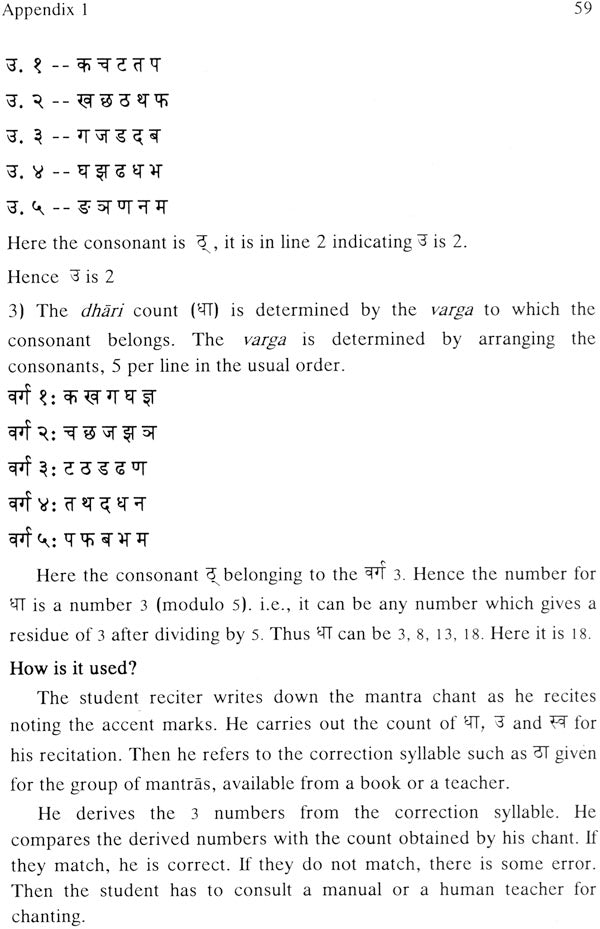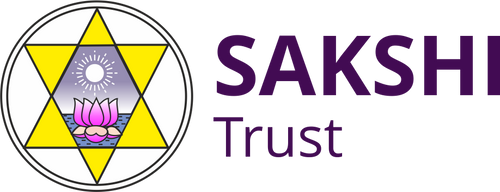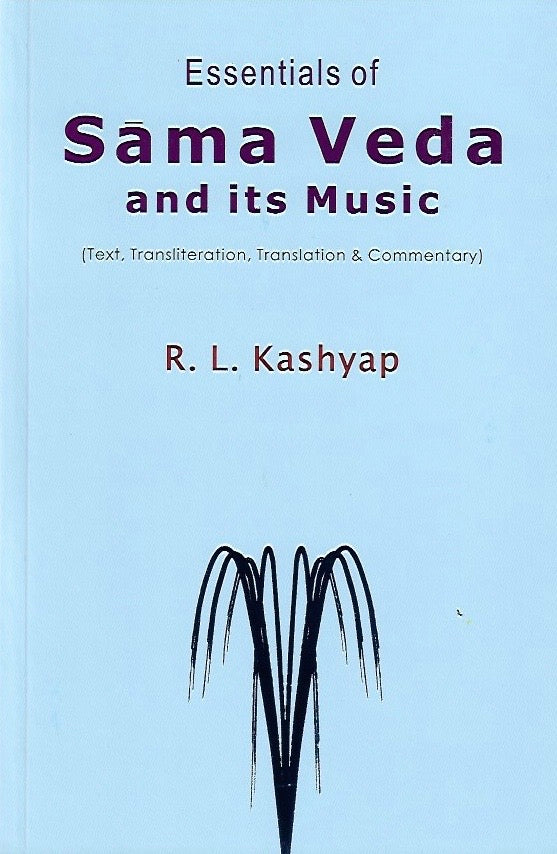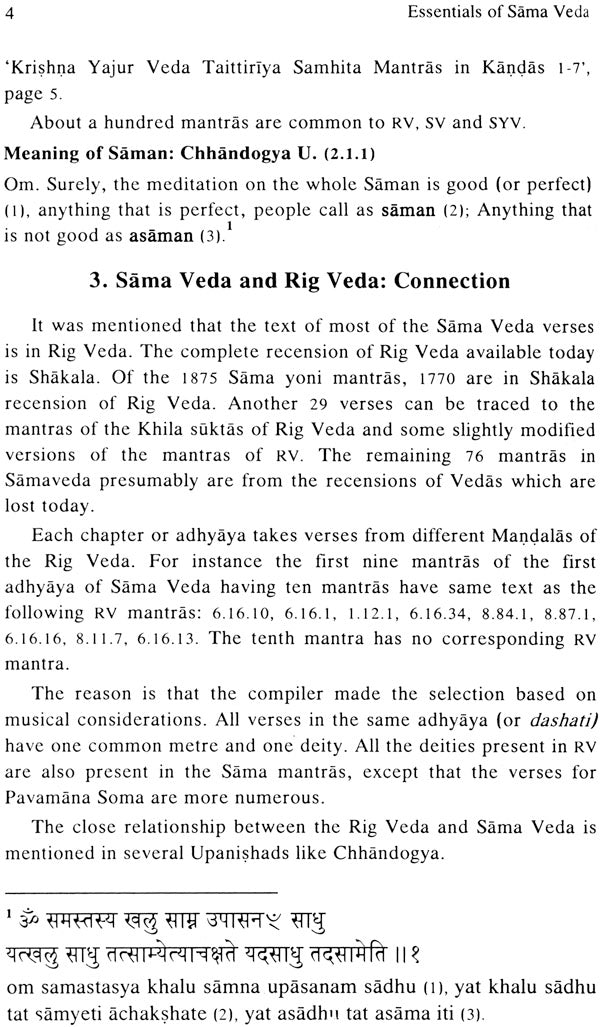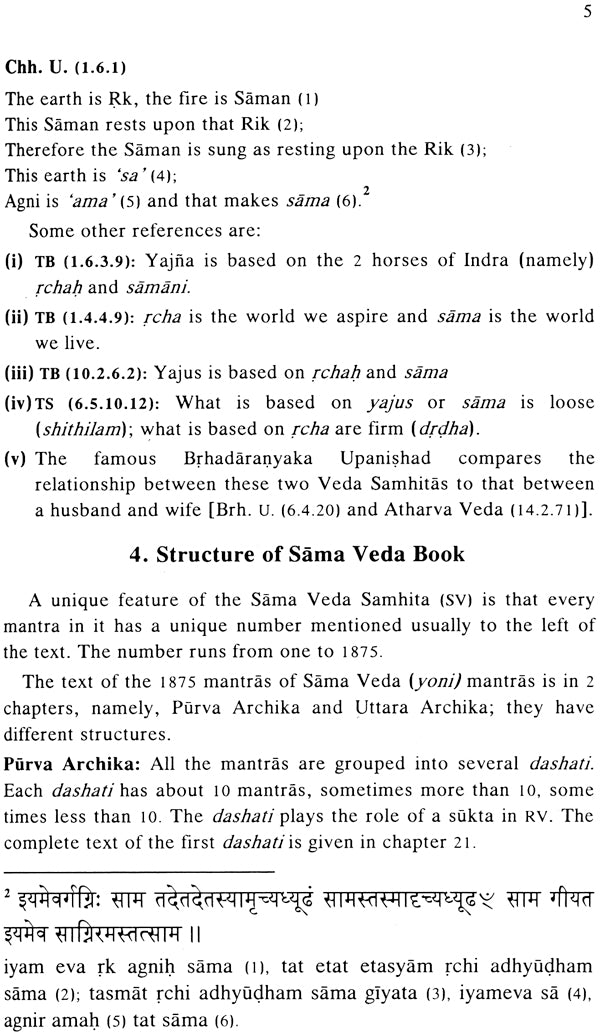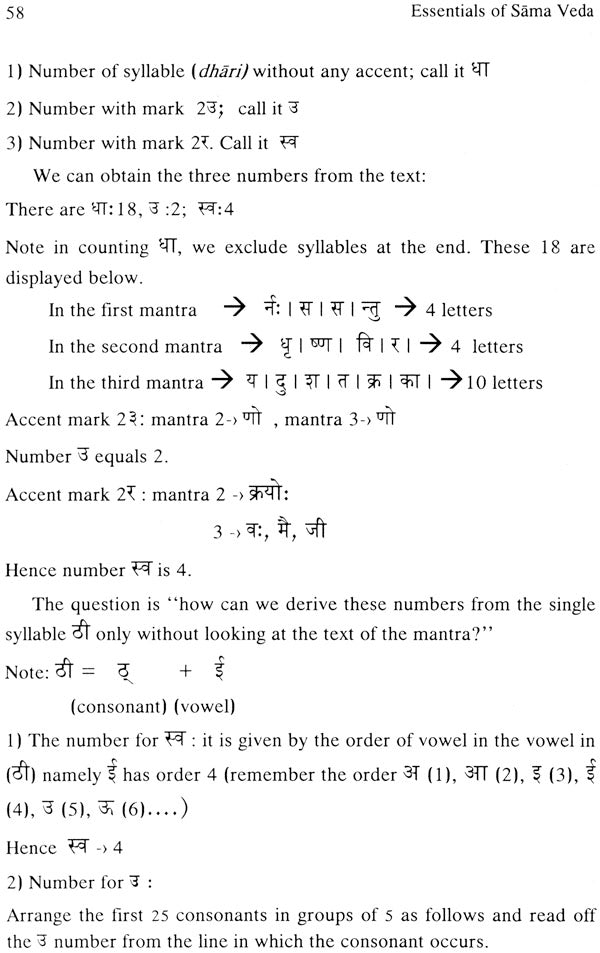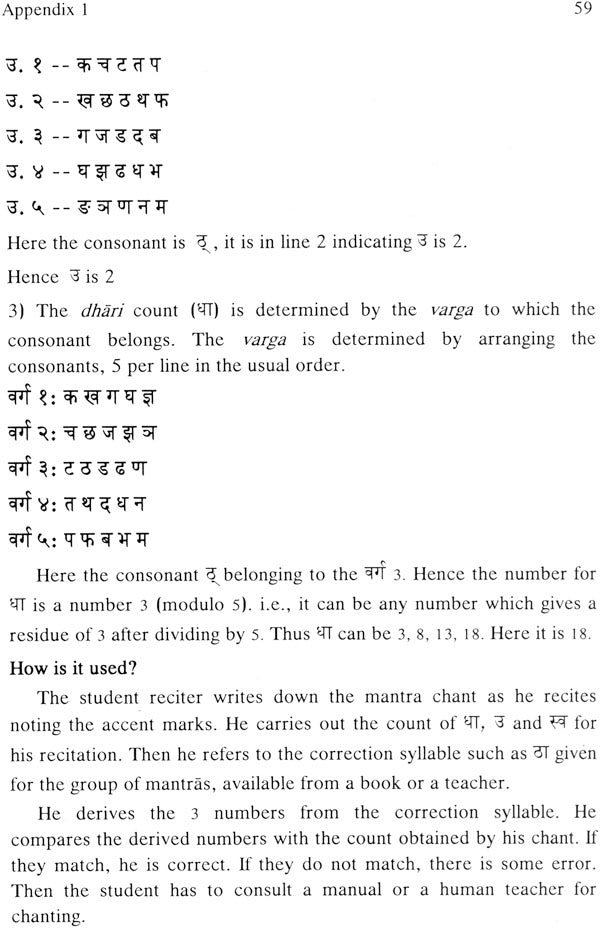SAKSHI Trust - Bangalore
Essentials of Sama Veda and its Music
Essentials of Sama Veda and its Music
Regular price
Rs. 80.00
Regular price
Sale price
Rs. 80.00
Unit price
per
Shipping calculated at checkout.
Couldn't load pickup availability
This book has 32 chapters divided into three parts. Part 1 has ten chapters and deals with the general information regarding texts, rishis, translators, and connection to Upanishads and Rig Veda. Part 2 delineates some aspects of Sama Veda related to music. Part 3, having 13 chapters, deals with psychological powers associated with various deities. Overall provides a good picture of Sama Veda for beginners.
Technical Information
Technical Information
Author: Rangasami L. Kashyap
Translator: -
Language: English
ISBN: 8179940470
Know More
Know More
